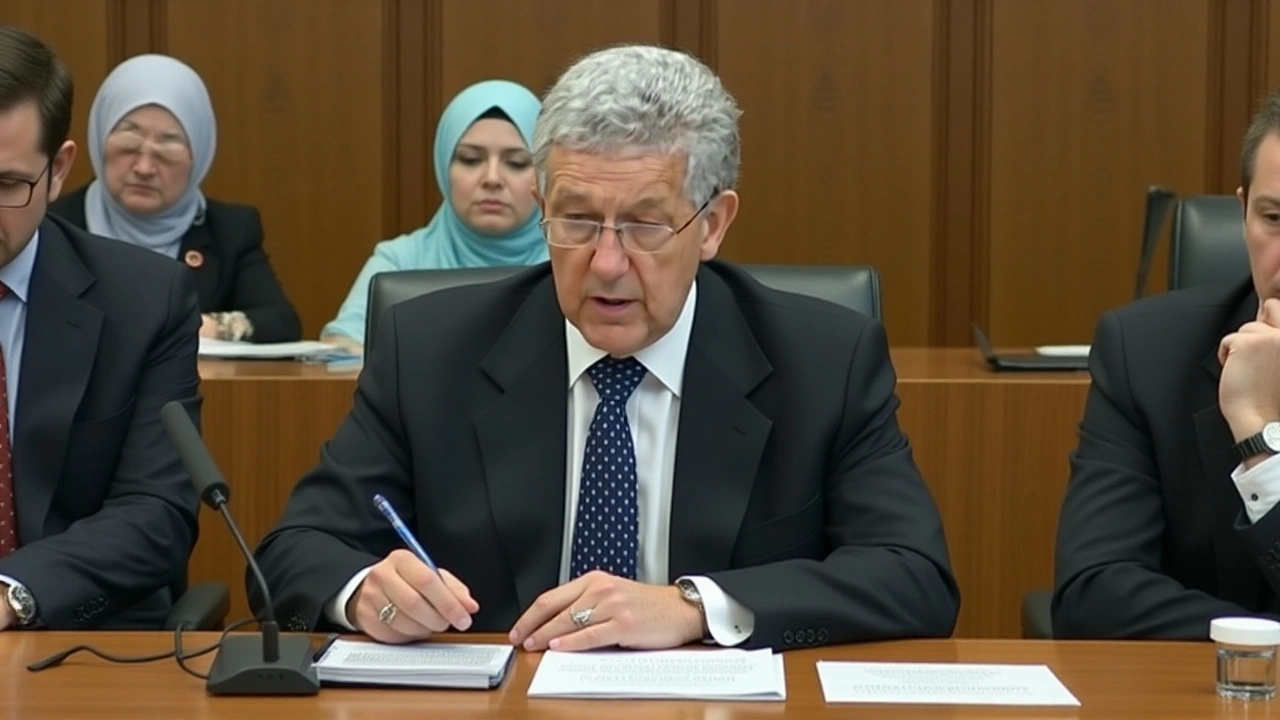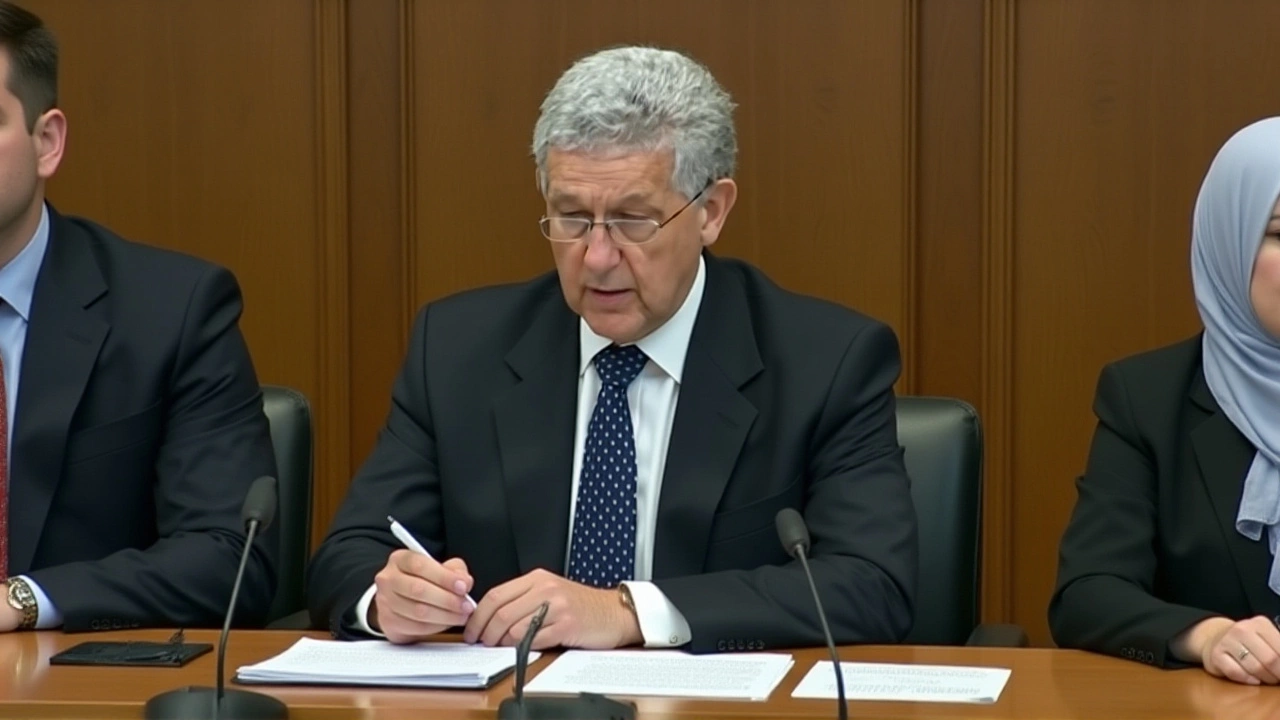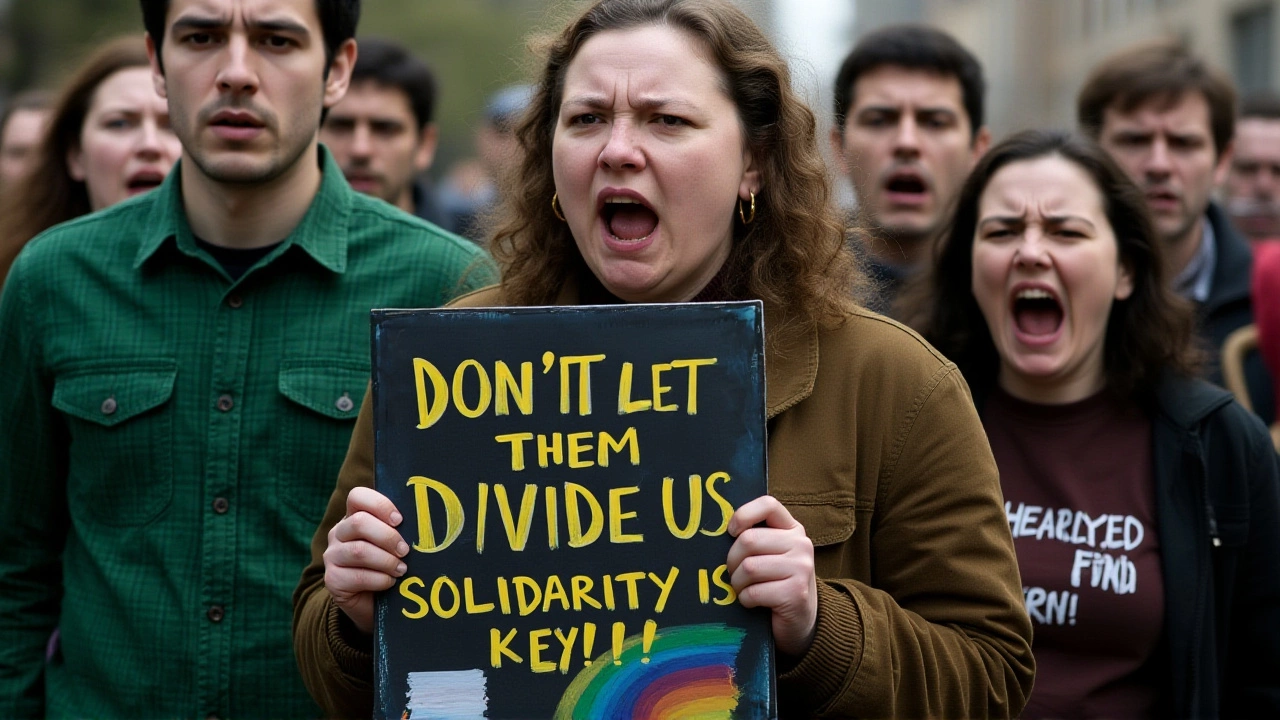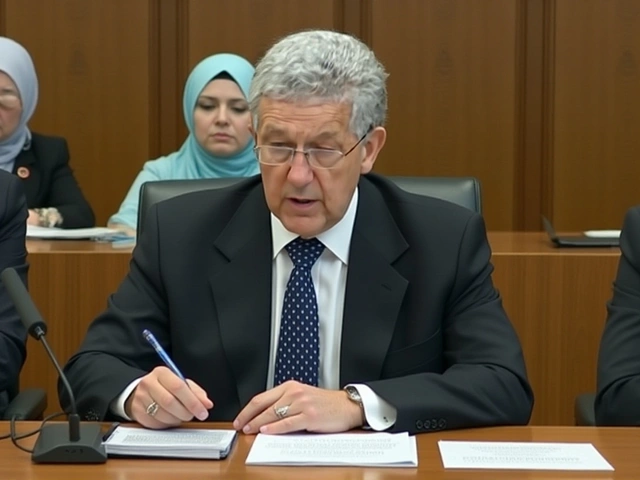
When Equality and Human Rights Commission published its long‑awaited guide on single‑sex spaces on 12 May 2025, the move set off a firestorm in the UK’s sports and human‑rights circles. The guidance, formally titled “Separate and single‑sex service providers: a guide on the Equality Act sex and gender reassignment provisions,” aimed to help organisations interpret the Equality Act 2010 after a Supreme Court ruling that narrowed the definition of “sex” to biological terms. Within days, the sector body ukactive was touting the document as a practical tool for gyms and community centres, while trans‑rights group TransActual blasted it as illegal segregation.
In London, where the debate landed on a Friday evening, the timing felt deliberate. Critics pointed out that the EHRC slipped the guidance out on the same night that the Pope’s funeral dominated global headlines, hoping it would be swallowed by the news cycle. The clash underscores a broader cultural tug‑of‑war: how do public venues balance the legal certainty demanded by the courts with the lived reality of trans people seeking inclusion?
Legal backdrop: Supreme Court, Equality Act and the definition of sex
The seed of the controversy was sown on 3 January 2025, when the UK Supreme Court delivered a landmark judgment in R (on the application of V‑R‑C) v. Secretary of State for the Home Office. The justices held that, for the purposes of the Equality Act 2010, “sex” must be read strictly as biological sex assigned at birth. That reading effectively narrowed the scope of protection for transgender individuals under the Act’s “gender reassignment” characteristic.
Legal scholars quickly noted that the ruling did not overturn the broader duty to avoid discrimination on the basis of gender reassignment, but it did create a gray zone for single‑sex facilities that historically relied on the biological‑sex definition. The EHRC’s guidance was framed as a response to that gray zone, promising clarity for providers of changing rooms, showers, and gender‑specific classes.
What the EHRC guidance actually says
At its core, the guide outlines three scenarios where an organisation can lawfully maintain single‑sex spaces:
- When the service is "single‑sex by design" and the provider can demonstrate a legitimate aim, such as privacy or safety.
- When the space is shared between service users and staff, and the provider can show a proportionate means of achieving that aim.
- When the service involves a "single‑sex class" that is part of a broader programme, provided exclusion is not excessive.
The document is careful to stress that it is not legal advice and that organisations should seek specialist counsel for complex cases. Nonetheless, it insists that providers have a “reasonable basis” to keep certain facilities gender‑segregated, provided they can justify the decision under the Equality Act.
ukactive’s sector‑specific take
ukactive, the umbrella body for gyms, community sport clubs and leisure providers, released a statement on 15 May 2025 confirming it had been consulted during the drafting of the EHRC guide. "We asked for concrete examples that speak directly to changing rooms, shower facilities, and single‑sex classes," a senior spokesperson said. "Our goal is to help members create policies that are lawful, safe and inclusive for everyone who walks through the door."
The organisation stressed that it does not regulate its members, but it does promote "best practice" through training and resources. "We want all facilities to provide a safe and welcoming environment for all," the statement read, echoing the guide’s language while adding that the advice is not a substitute for legal counsel.

TransActual’s backlash and legal concerns
On 26 April 2025, Jane Fae, press officer for TransActual, posted a blistering blog entry titled “Statement on EHRC ‘guidance’ on single‑sex spaces.” The piece called the guidance a “bigoted attempt to segregate trans people in public spaces that is almost certainly unlawful.”
TransActual argued the document breached the Equality Act in three ways:
- It is not statutory, yet it is presented as de‑facto law, confusing providers.
- Its blanket exclusion of trans women from women’s toilets fails the “proportionate means” test.
- It goes beyond the Supreme Court ruling by imposing a categorical ban rather than a nuanced, case‑by‑case assessment.
The group cited unnamed lawyers who warned that venues following the guide could face legal jeopardy, including discrimination claims and potential injunctions. Moreover, TransActual accused the EHRC Chair, Baroness O'Neill, of neglecting her duty to consult trans organisations, noting that “the EHRC has not engaged with any trans organisations in the week since the ruling.”
Revisions and the ongoing policy tug‑of‑war
In June 2025, the EHRC issued an interim update that removed a previously‑stated requirement to provide “sufficient” single‑sex toilets in every venue. Legal analysts, such as Professor Amelia Hart of King’s College London, interpreted the tweak as a tacit acknowledgement of the mounting pressure from trans advocacy groups.
Later, on 27 August 2025, the commission posted a brief note saying it had completed its review of evidence submitted by the government on single‑sex space policies. The document, hosted on United Kingdom’s official equality portal, did not disclose its conclusions, leaving the debate wide open.

Implications for sports venues and other service providers
For the roughly 5,000 gyms and community sports clubs that fall under ukactive’s membership, the guidance is both a lifeline and a liability. On one hand, it offers a template for policy drafts that can survive a potential audit by the EHRC. On the other, the lack of statutory force means a misstep could still attract legal challenges from either side of the debate.
Facility managers are now juggling three competing priorities:
- Compliance with the Equality Act’s gender‑reassignment protection.
- Adherence to the new EHRC framework that permits single‑sex spaces under specific conditions.
- Maintaining a welcoming environment for trans athletes and members, many of whom have voiced concerns about privacy and safety.
“We’re walking a tightrope,” admitted a regional manager for a chain of leisure centres in Manchester. “If we get it wrong, we could be sued for discrimination one way or the other.”
Legal experts predict that the next wave of case law will likely arise from disputes in court rather than from the EHRC itself, as the commission’s guidance does not create new enforceable rights. The real test will be whether a court finds the guidance compatible with the Equality Act’s broader anti‑discrimination purpose.
Key facts
- Guidance released: 12 May 2025 by the Equality and Human Rights Commission.
- Supreme Court ruling: 3 January 2025 defined “sex” as biological.
- ukactive’s role: consulted on sector‑specific examples, issued supportive statement on 15 May 2025.
- TransActual response: condemned the guide on 26 April 2025, citing legal risks.
- Latest revision: June 2025 interim update removed mandatory “sufficient single‑sex toilets” clause.
Frequently Asked Questions
What does the EHRC guidance actually require from sports facilities?
The guidance sets out three narrowly defined scenarios where single‑sex facilities are lawful – design‑based segregation, staff‑user shared spaces, and gender‑specific classes – but it does not mandate the provision of a set number of gender‑segregated toilets. Providers must demonstrate a legitimate aim and a proportionate means, and they are urged to seek legal advice for complex situations.
How has ukactive contributed to the implementation of the guidance?
ukactive consulted with the EHRC during the drafting phase, asking for concrete examples relevant to changing rooms and single‑sex classes. It now offers its members templates and training modules to help them craft policies that meet the guidance while remaining inclusive for all members.
Why does TransActual consider the guidance unlawful?
TransActual argues the guide oversteps the Equality Act by imposing blanket bans on trans women in women’s toilets, failing the proportionality test, and presenting non‑statutory advice as de‑facto law. The group warns that venues following the guide could face discrimination claims and potential injunctions.
What are the next steps for the EHRC and affected organisations?
The EHRC is expected to publish a final code of practice later in 2025, likely incorporating feedback from both sector bodies and trans‑rights groups. In the meantime, gyms and other service providers must balance legal compliance with community expectations, and many are awaiting court decisions that will clarify the limits of permissible segregation.
How might this debate affect everyday users of sports facilities?
For regular members, the immediate impact is likely subtle – updated signage, revised booking policies for gender‑specific classes, and possibly more consultation forums. However, any missteps could lead to high‑profile legal challenges, which might temporarily disrupt access to certain spaces while the issues are litigated.







Write a comment